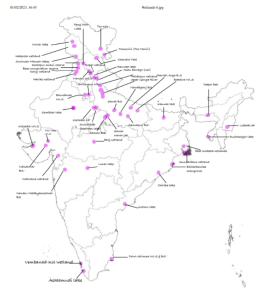
World Wetland Day
- Ramsar Convention was signed on the 2nd of February, 1971.
- The 2nd of February each year is World Wetlands Day.
- At the centre of the Ramsar philosophy is the “wise use” of wetlands.
- Wise use: Maintenance of ecological character within the context of sustainable development.
- This year’s theme is “It’s Time for Wetlands Restoration,” which highlights the urgent need to prioritize wetland restoration.
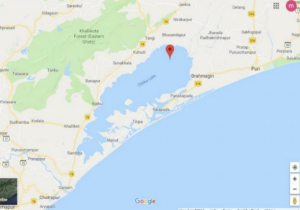
Ramsar Sites
- Designating 75 wetlands spanning 1.08 million hectares, India has created the largest network of Ramsar Sites in Asia.
- The countries with the most Sites are the United Kingdom with 175 and Mexico with 142.
- Bolivia has the largest area with 148,000 square km under the Convention protection.
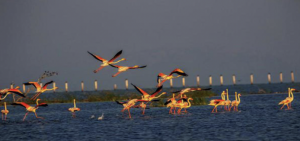
Chilika Lake
- Chilika Lake is a brackish water lagoon, spread over the Puri, Khurda and Ganjam districts of Odisha state on the east coast of India, at the mouth of the Daya River, flowing into the Bay of Bengal, covering an area of over 1,100 km2.
- It is the largest coastal lagoon in India.
- In fact, Chilika lake is the first Ramsar site in Asia to be removed from the Montreux record.
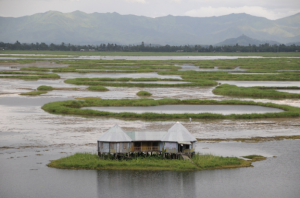
Keibul Lamjao NP
- Loktak Lake in Manipur is the largest freshwater lake in Northeast India and is famous for the phumdis floating over it.
- Phumdis are the heterogeneous mass of vegetation, soil and organic matter at various stages of decomposition.
- Keibul Lamjao National Park is also one of Phumdis in the lake.
- It is only floating national park in world and is last natural refuge of endangered Sangai deer.
- It is also the state animal of Manipur. ( Dancing Deer, Eld’s Deer, Brow-antlered Deer)
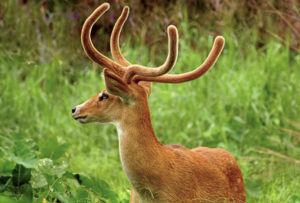
Vedanthangal Bird Sanctuary
- It is one of the oldest bird-protected areas located in Maduranthagam Taluk of Chengalpattu District of Tamil Nadu.
- This freshwater wetland is a people-protected water bird area, the history of which goes back to centuries where local people have been protecting this heronry and in return, have been benefited by the manure-rich water from the lake that increases the agriculture yield multifold–Liquid Guano Effect.
- This site is also recognized internationally, as an Important Bird and Biodiversity Area (IBA).
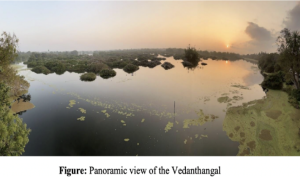
Sambhar Lake
- It is the largest inland salt lake in India.
- It represents the depression of the Aravalli Range.
- The Lake forms part of the desert circuit in the Centre’s Swadesh Darshan Scheme.
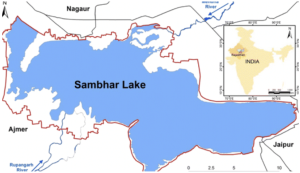
- It receives water from six rivers, namely Samaod, Khari, Mantha, Khandela, Medtha, and Roopangarh.
- It is associated with Shakambhari Devi.
Shakambhari Devi

Renuka Lake
- A natural wetland with freshwater springs and inland subterranean karst formations, fed by a small stream flowing from the lower Himalayas out to the Giri river.
- The lake has high religious significance and is named after Renuka, the mother of Hindu sage Parshuram.
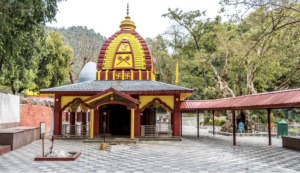
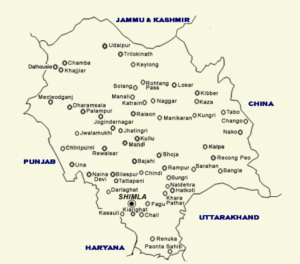
➡️UPSC 2023 General Studies Course: https://sleepyclasses.com/general-studies-for-upsc/
➡️Sociology Optional for UPSC : https://sleepyclasses.com/sociology-for-upsc/
➡️Political Science and IR for UPSC: https://sleepyclasses.com/psir-for-upsc/
➡️Signup here – https://sleepyclasses.com/
Have any query related to UPSC preparation: 📞Contact Us ► Toll-Free: 1800 890 3043 ► Mobile: 6280133177 ► Email: Sleepy.Classes@gmail.com ► WhatsApp: 6280133177



